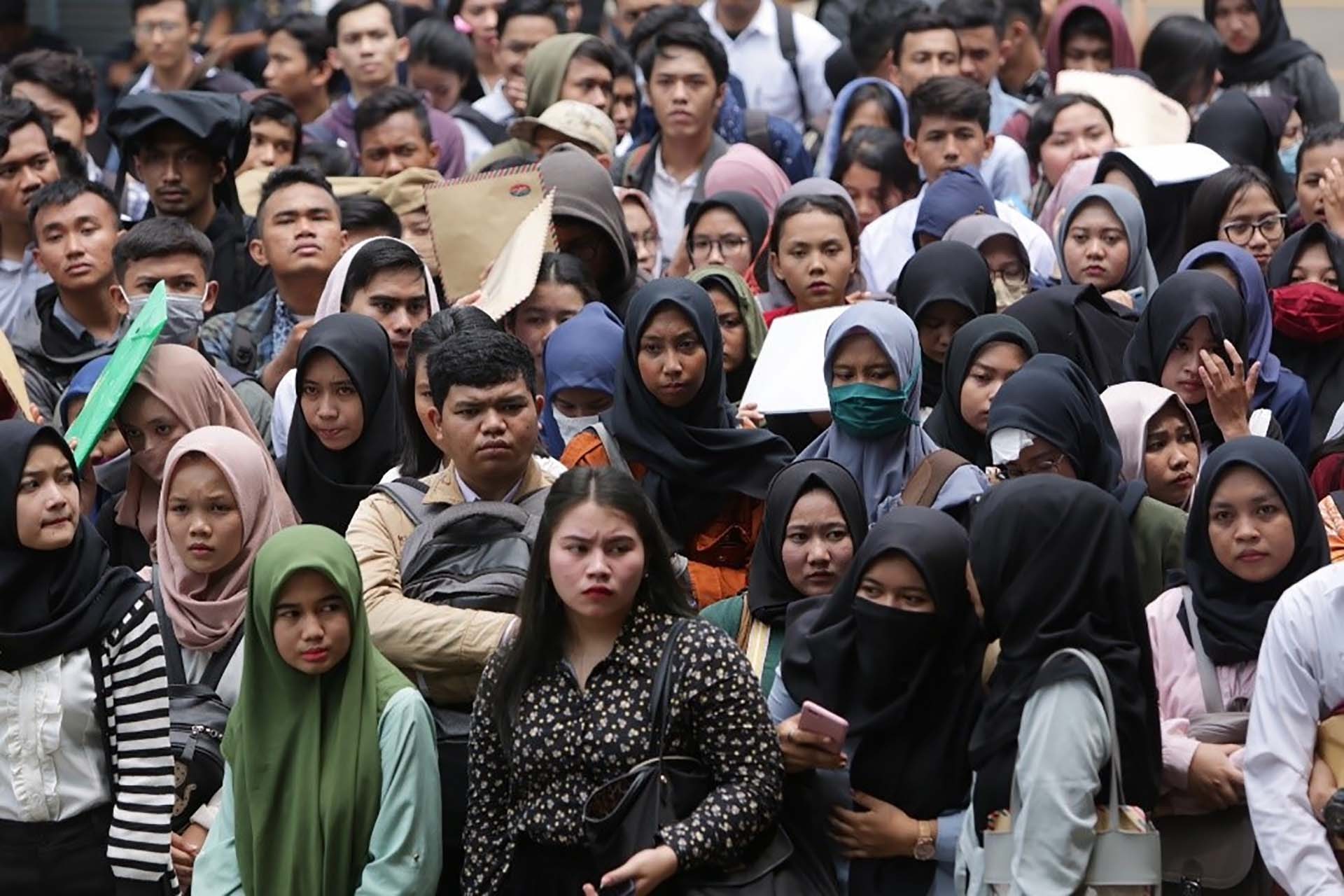 |
| Job seekers gather at the Smesco Building on Jl. Gatot Soebroto in South Jakarta during a face-to-face interview organized by a bank. (Source: JP) |
A study by the Ministry of Labor, War Invalids and Social Affairs and the International Labor Organization (ILO) comparing the management of migrant workers in ASEAN (2022) stated that intra-bloc migration accounts for one-third of the total number of international migrant workers in the region. The trend of labor movement within and outside ASEAN will increase, accompanying the progress of the integration process and affirming ASEAN's position in the world .
An estimated 20.2 million migrants originate from ASEAN countries, of which about 7 million migrate to other countries in the region, according to another ILO study, titled “Risks and Benefits: The Impact of Labour Migration in Southeast Asia”.
Intra-bloc labor migration has increased steadily over the years.
Migrant workers bring economic benefits to both sending and receiving countries, meeting labor shortages, reducing employment pressure on the labor market, transferring technology, enhancing skills and increasing foreign exchange.
According to studies, labor migration has become one of the important drivers of regional economic growth and development, as well as a “safety net” for families and communities that depend on the income of migrants seeking livelihoods outside the country.
The ASEAN Labour Migration Report states that ASEAN’s efforts towards deeper regional integration have contributed to increased migration within the region. Intra-regional labour migration has increased steadily over the years, concentrated in three countries in the region, namely Thailand, Malaysia and Singapore, forming five labour migration corridors: Myanmar to Thailand, Laos to Thailand, Cambodia to Thailand, Malaysia to Singapore and Indonesia to Malaysia.
Mr. Kung Phoak, Deputy Secretary General of ASEAN (2018-2021) assessed: Migrant workers in ASEAN region are crucial to socio-economic development. Migrant workers fill employment gaps in the labor markets of countries and are an important source of remittances flowing into countries.
Meanwhile, ASEAN Deputy Secretary-General Ekkaphab Phanthavong (2021-2024) commented that overall, intra-bloc migration helps reduce poverty and strengthen individual countries in the region. However, despite progress in promoting decent work for migrant workers in law and practice in ASEAN countries, they still face many challenges. Especially for female migrant workers, who are still associated with gender stereotypes and norms.
Moving to a higher level of integration
According to ILO statistics, the labor force in ASEAN countries has great differences in terms of labor supply, qualifications, wages and labor productivity.
In 2015, the ASEAN Economic Community (AEC) was established (one of the three pillars of the ASEAN Community), creating the premise for the formation of a common market among 10 member countries. Under this mechanism, in addition to the flow of goods, services, investment capital, human resources are freely moved between ASEAN countries, including skilled human resources.
In order to promote labor mobility among member countries, governments have agreed to sign mutual recognition agreements (MRAs) that allow workers in eight fields to move freely within the bloc, including: architecture, engineering, surveying, accounting, nursing, medical services, dental services and tourism.
In addition, ASEAN member countries agreed to strengthen human resource development and improve labor skills in various fields, and facilitate visa issuance and work for ASEAN experts and skilled workers.
Thus, along with the movement of goods and services, ASEAN will have a unified production network, a highly connected and smoothly operating labor market. Because, AEC is not only a free trade area but also a higher level of integration, which is a common market.
A general labor market and a highly skilled and skilled labor market segment have been rapidly formed in the AEC - positively impacting the operation of the market and production network. If the movement of goods, services, and capital creates benefits for the participants; then the movement of labor creates the ability to bring benefits to the labor force, such as wages, jobs, and life stability.
Labor migration also reflects the high level of market openness, as well as the labor management capacity of the countries involved. Because when workers move freely between countries, in addition to bringing knowledge, skills, and strength to create value, they also bring customs, habits, and lifestyles; therefore, it is easy to cause complexity in migration management, as well as give rise to social problems.
At the same time, the immigrant workforce also causes employment tensions in the host country, as well as unemployment rates in the economy. Therefore, the opening of the labor market reflects a higher level of integration than the integration of goods, services or investment capital. This shows a high level of migration management in both the sending and receiving countries.
Although there are no uniform standards in all ASEAN countries for the labor market, it is certain that this will be a market for those with professional certificates or degrees recognized by ASEAN countries. The level of skill or professionalism will be given top priority.
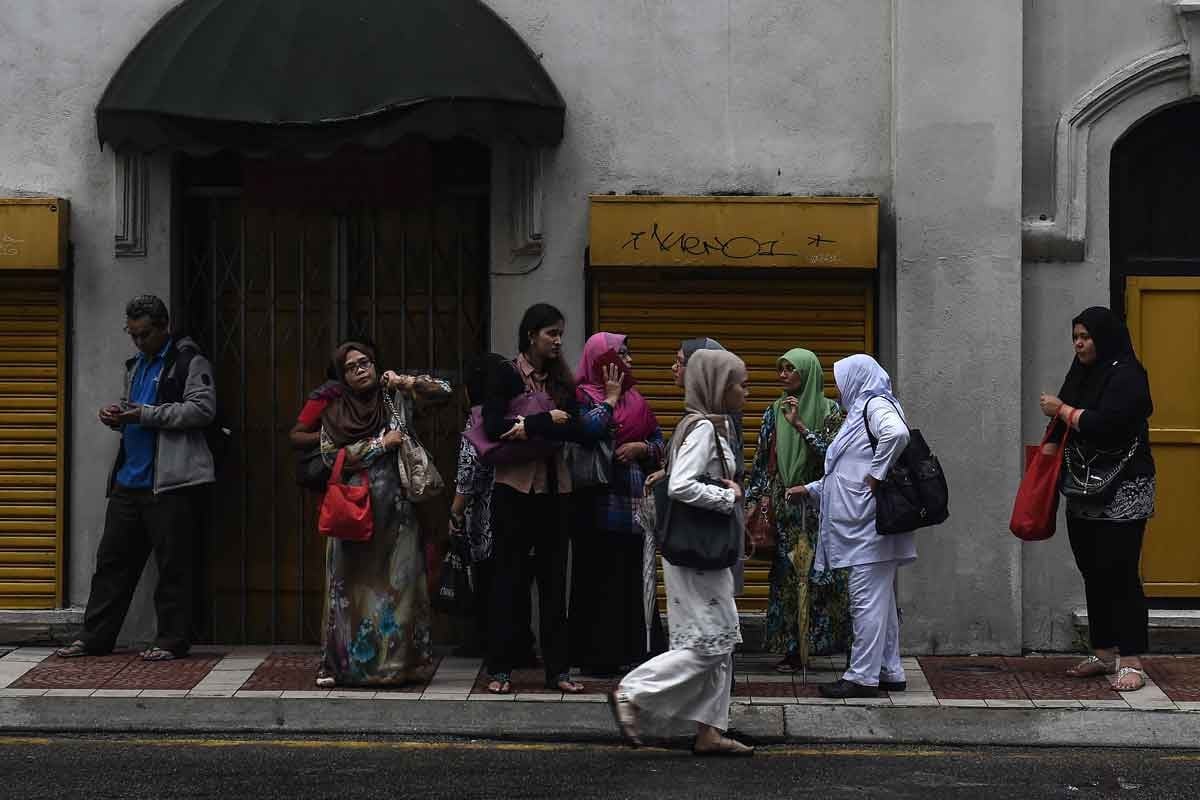 |
| Women wait for a bus in Kotaraya, a district with many migrant workers, in Kuala Lumpur, Malaysia. (Source: AFP) |
Benefits for all parties
The ILO forecasts that by 2030, some 59 million people will be added to ASEAN's workforce - meaning ASEAN will have the world's third-largest workforce, accounting for 10% of the world's workforce by 2030, behind only China and India.
ILO research shows that intra-bloc labor mobility will contribute to sustainable development in the region with benefits not only for workers but also for the countries where labor flows to.
Countries that allow labor to move to other countries in the region will receive remittances and the labor skills and wages of their people will continuously improve. Meanwhile, the receiving countries can solve the labor shortage and promote growth.
In theory, facilitating the free movement of skilled workers within the AEC framework would lead to significant benefits. However, according to experts, current agreements on migration policy do not address the problems that arise in practice.
For example, labor mobility within the AEC framework is limited to occupations that account for a very small proportion of total employment in ASEAN; or the implementation of the MRAs agreement is still facing many difficulties, due to differences between countries in educational programs and testing methods to be recognized for professional qualifications...
While the AEC wants to promote the movement of highly skilled workers, most migrant workers in the region are low-skilled, or even undocumented. With this regulation, unskilled workers have little chance of finding jobs in countries in the region.
ASEAN countries have long recognized the importance of labor migration to the region, and are working together towards an inclusive, sustainable, and future-oriented community. In turn, intra-bloc labor mobility will also create pressure for member countries to improve their institutions, adjust policies, regulations, and training systems, first of all, to adapt synchronously with labor policies of ASEAN countries.
Employment pressure is the driving force for labor migration within the bloc. At the same time, the close geographical distance between ASEAN countries, the large level of mutual understanding, the great similarity in culture, and convenient access are also driving forces for labor migration within ASEAN in the coming time.
Therefore, the ASEAN consensus on protecting and promoting the rights of migrant workers, ASEAN mutual recognition arrangements and the ASEAN Qualifications Reference Framework… are some of the common commitments that member countries are promoting cooperation to support mobility and safety for workers.
Source






![[Photo] Prime Minister Pham Minh Chinh received Mr. Yamamoto Ichita, Governor of Gunma Province (Japan)](https://vphoto.vietnam.vn/thumb/1200x675/vietnam/resource/IMAGE/2025/10/21/1761032833411_dsc-8867-jpg.webp)
![[Photo] Da Nang residents "hunt for photos" of big waves at the mouth of the Han River](https://vphoto.vietnam.vn/thumb/1200x675/vietnam/resource/IMAGE/2025/10/21/1761043632309_ndo_br_11-jpg.webp)
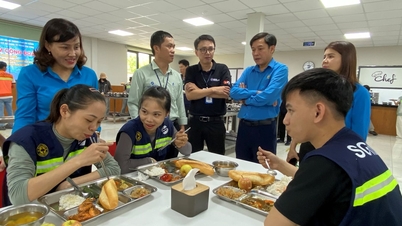

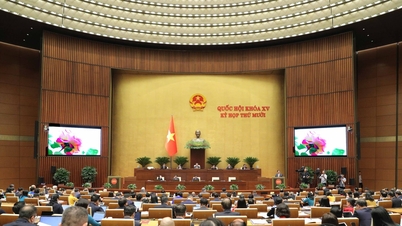

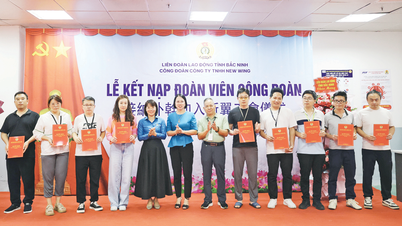

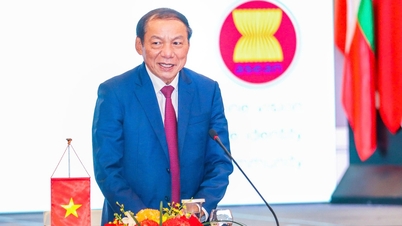

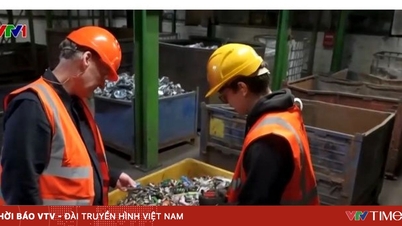

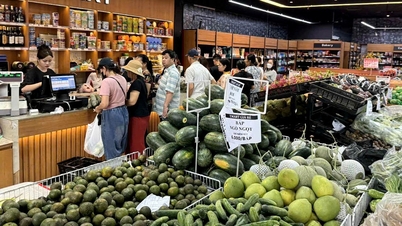

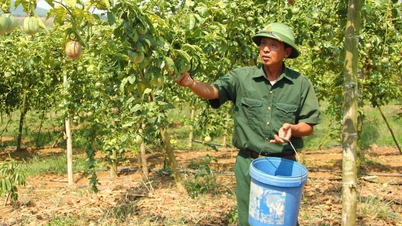

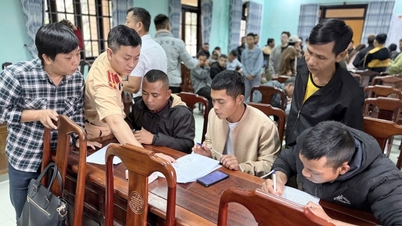





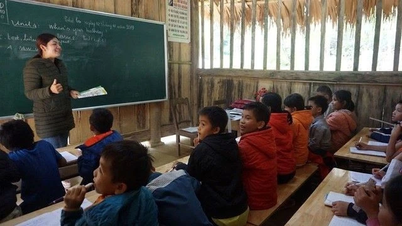

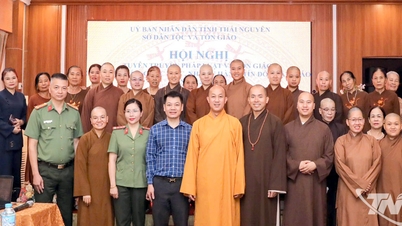






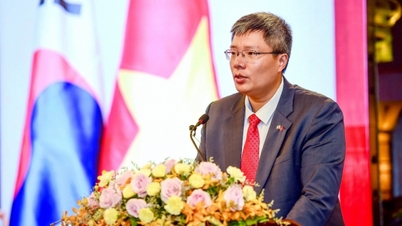
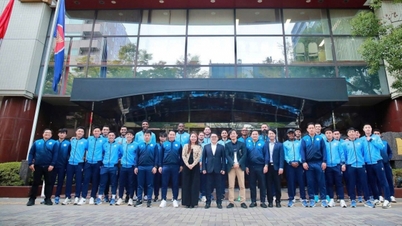
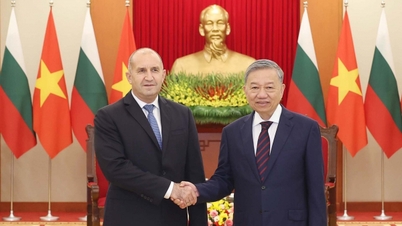

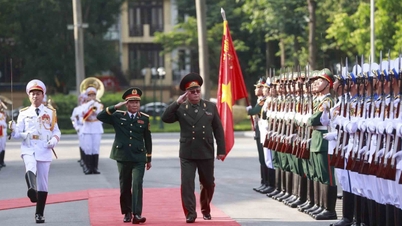
![[Photo] Prime Minister Pham Minh Chinh meets with Speaker of the Hungarian National Assembly Kover Laszlo](https://vphoto.vietnam.vn/thumb/1200x675/vietnam/resource/IMAGE/2025/10/20/1760970413415_dsc-8111-jpg.webp)

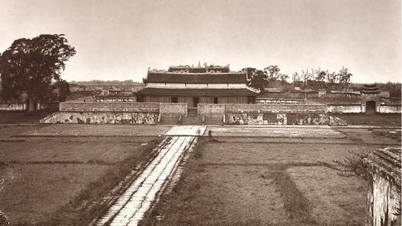



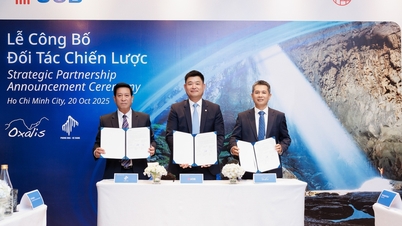


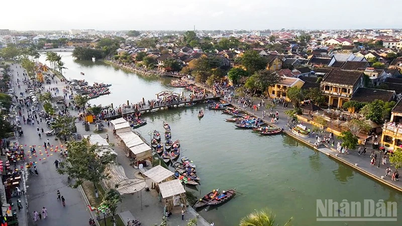





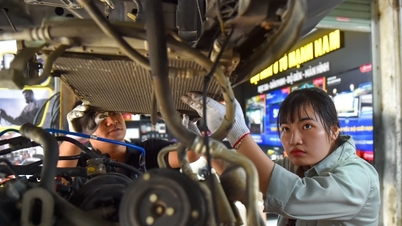



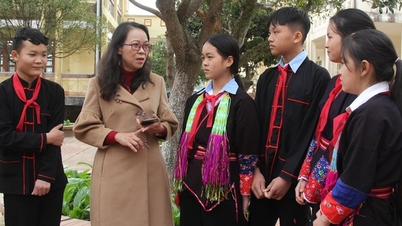

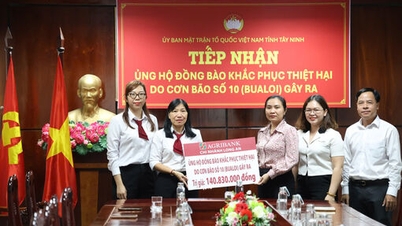


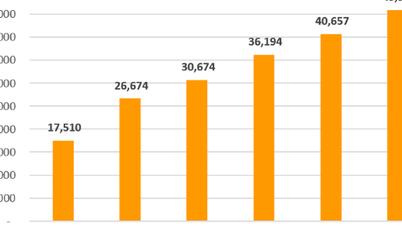
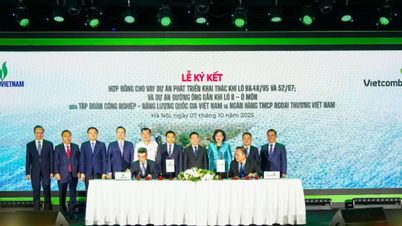
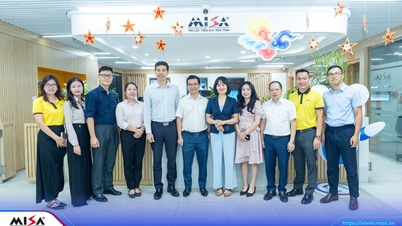

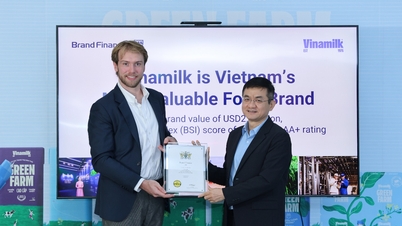






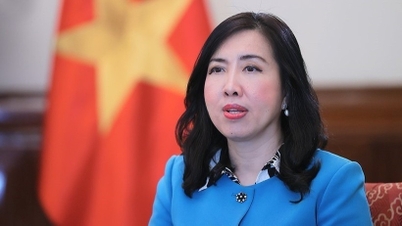
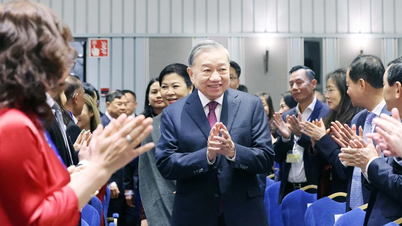


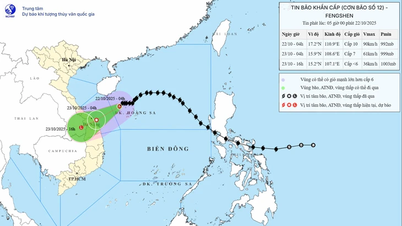


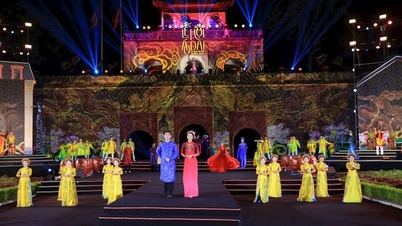

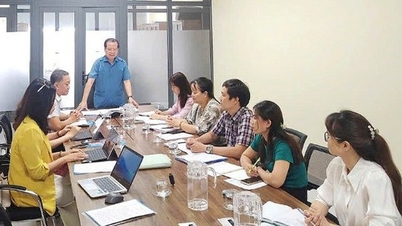


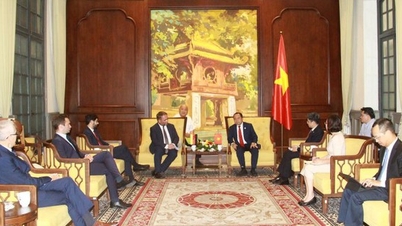




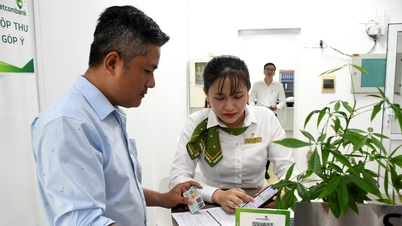










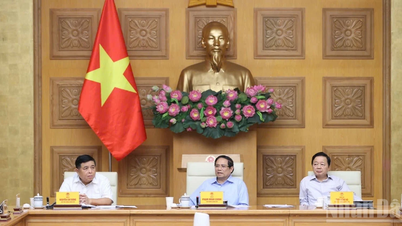

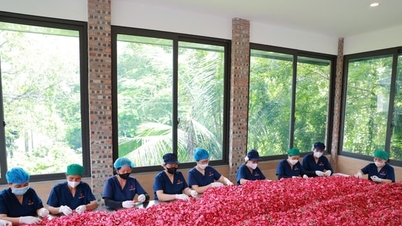






Comment (0)